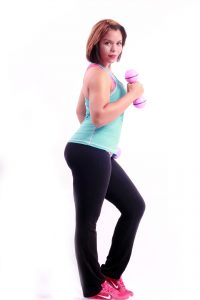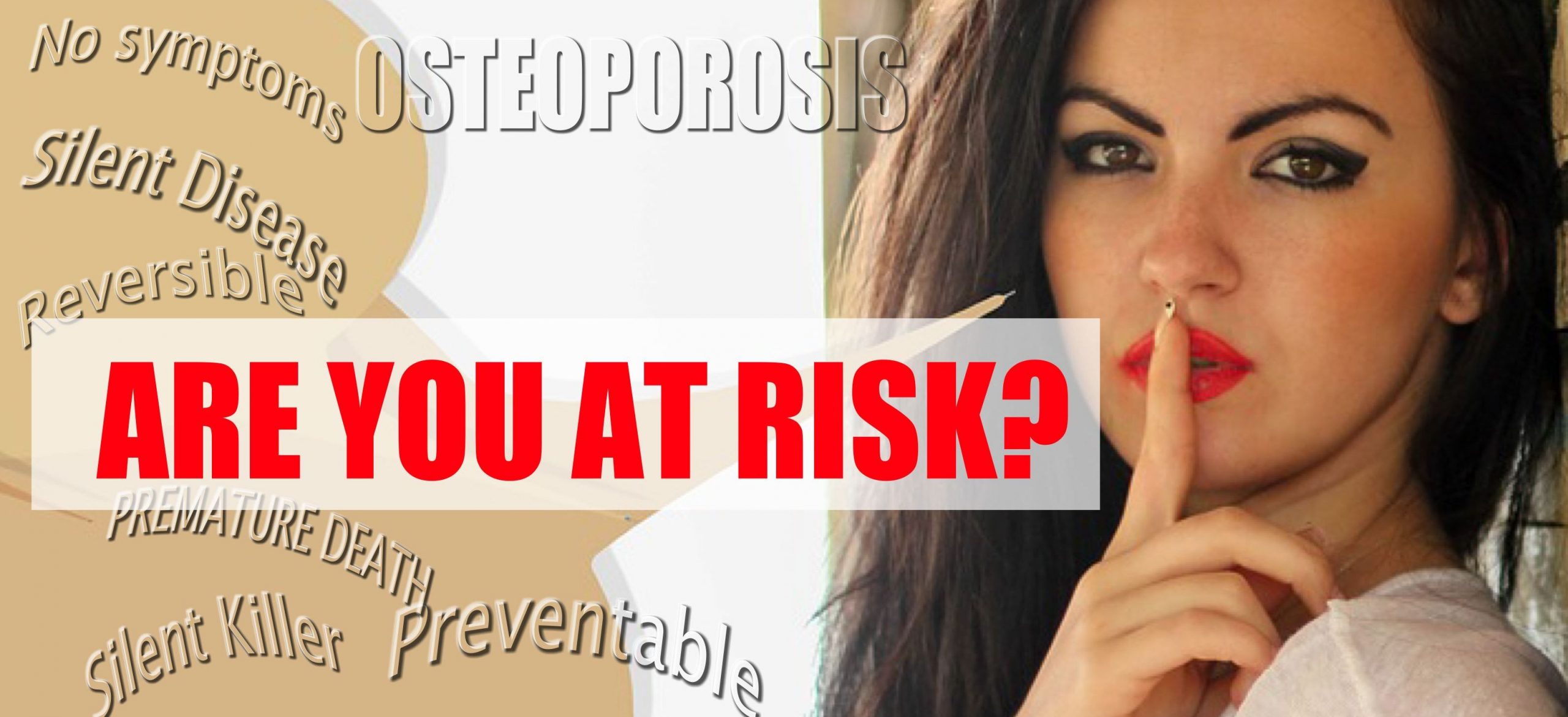When it comes to living young, being fit, and on top of your game at any age, maintaining a healthy musculature is everything.
Muscles also give the body shape. You cannot shape fat.
While eating healthy is vital for general health and wellbeing, you will not develop lean muscle mass by dieting.
There is no best diet. The goal must be to maintain a healthy BMI of 10% to 16% for men and 18% to 24% for women.
BMI, aka Body Composition Index, is the term used to describe the different components that make up a person's weight. The human body is made up of lean tissue (muscles and organs), bones, and water, which are metabolically active, and fatty tissue that is not.
Women often believe that they have a slow metabolism due to hormonal imbalance, insulin resistance, thyroid dysfunction, or genetics. Sometimes that's true, but often it is due to having very little muscle mass because of underdeveloped muscles or loss of muscle mass due to lack of sufficient strength training, which causes the metabolism to slow down.
Misinformed people flock to the treadmill, desperately trying to shed unwanted fat. Unfortunately, the conventional wisdom about cardiovascular fitness is just as flawed as it is about how and what we should eat. The truth is if you take part in long periods of cardio combined with low-calorie intake, you will almost certainly gain weight in the long run!

When the body detects hunger from calorie deprivation and long bouts of exercise, a vast array of fat-storing and appetite-stimulating hormones spring to life, causing your hormones to conspire against you by eliciting food cravings.
Ultimately, whether it is low-carb, no-carb, low fat, organic, fasting, vegetarian, vegan, fruit, and vegetables, you are going to end up overeating and destroying the hormones that regulate metabolism and longevity. The result, your body goes into hibernation and stores fat. This is a survival mechanism that happens naturally.
Most people do not recognize this inherent flaw in dieting, minimal, and unsustainable fat loss without any muscle gain through strength training.

Increasing muscle mass is the missing link to sustainable fat loss.
Developing lean muscle mass changes your body composition and reduces visceral fat that surrounds the internal organs. Visceral fat creates chronic inflammation, which is a significant cause of autoimmune disorders and other illnesses associated with being overweight, including heart disease and diabetes.
You cannot assess visceral fat by stepping on a scale.
Strength training is an essential component of lowering visceral fat, building lean muscle mass, and improving body composition and, best of all, slowing down aging prematurely.
Therefore aiming to lose fat and gaining muscle definition with strength training is a healthier way than trying to lose weight solely.
Another benefit of increased lean muscle mass is that muscles contain, on average, 75% water, the same as the amount in the brain. Fat contains only 10% water. Think about it. Water provides the means for the kidneys and liver to eliminate toxins. Water is essential to life, making up most of our blood that circulates and provides nutrients and oxygen to the body.
Losing fat should not be confused with losing weight, as the two are very different.
One can have an efficient weight lifting workout plan, eat right, burn fat, and begin to look trimmer in appearance, even though there is a gain in weight because muscle weighs more than fat. Another person can spend hours on a treadmill, eat a poorly balanced diet, and lose weight in the form of muscle loss, potentially causing health-threatening complications.
You still must burn more calories than you take in to lose weight.
Tracking your calories is a must, which can be quite an eye-opener, as the calories add up fast based on the choices of food eaten each day. On average, a 500 caloric deficit will yield a one-pound weight loss per week, which is a healthy goal. There are convenient free apps available to help determine your healthy personal caloric intake range based on your gender, age, weight, height, and lifestyle. Myfitnesspal.com and fitbit.com are very easy to use and will allow you to determine which foods are the culprits, make wiser nutritional choices, and enable you to maintain a caloric deficit safely. You will lose weight progressively healthily and sustainably.
Remember living young and being fit and healthy is all about muscles.
Muscle loss syndrome starts as early as age thirty. It snowballs as time goes by. Muscle loss syndrome is generally not apparent until age forty, but at that time, hormones start changing. By the time you reach your fifties and sixties, the consequences of muscle loss can be catastrophic, such as developing life-threatening diseases like osteoporosis, for example.

Osteoporosis is called a "silent killer" because there are generally no symptoms. You will only know about it when a bone breaks unexpectedly. Bone loss happens more rapidly in women than in men, especially right around the time of menopause when the hormones change. One in three women and one in five men over fifty will have osteoporosis.
Women are often under the assumption that lifting lightweight and doing high reps is considered strength training and will lead to a healthy, lean, sculpted body. But this is not true; this is only an extension of more aerobic activity.
Women need to lift heavy weight to maintain lean muscle mass and healthy bone mass. Do not fear to become bulky, though; medically speaking, women do not produce enough testosterone to create this type of look.
Strength training is the no1 scientifically proven sport to prevent/reverse osteoporosis, maintain a healthy musculature, and slow down the aging process.
A balanced weight lifting program will enable you to develop a beautifully sculpted feminine physique that turns heads and have people wondering what you are doing.
Dare to live young!
Written by Batista Gremaud – co-founder @ DrFitnessUSA.com
Originally written for and published in #Inthelimelight magazine for @ClarissaBurt

